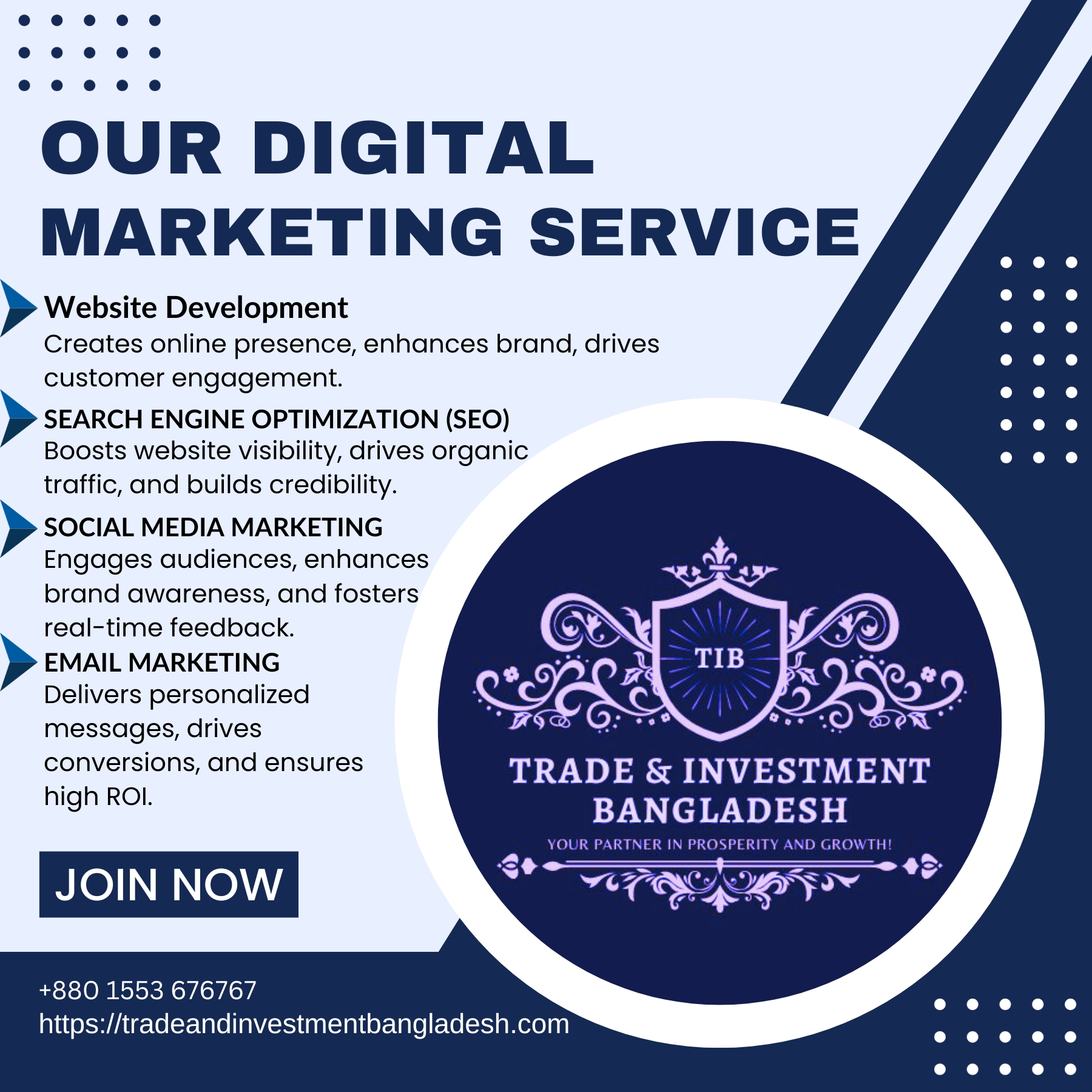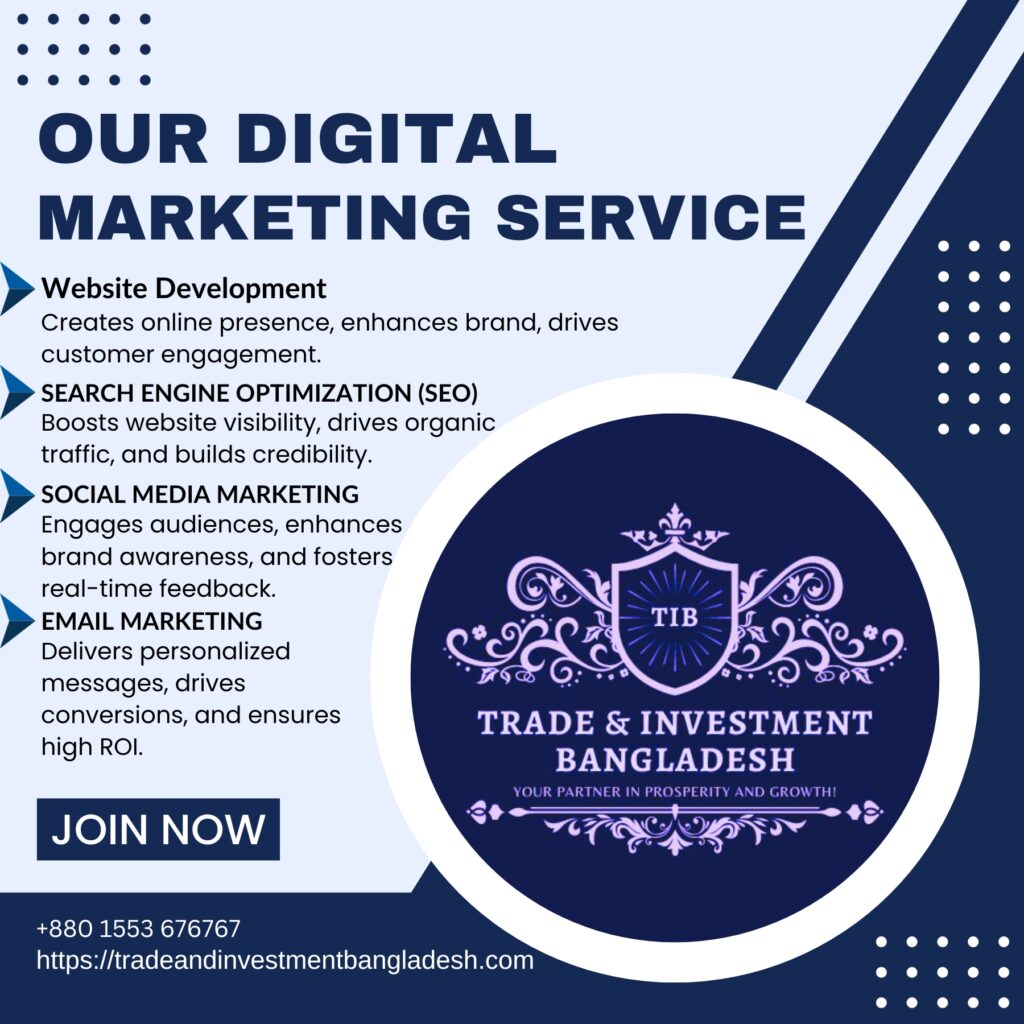
Astonishing Art of Digital Marketing
Astonishing Art of Digital Marketing
1.0 Introduction to Digital Marketing :
Digital marketing is the strategic use of digital channels and technologies to promote products or services online. It encompasses a broad spectrum of tactics, including social media marketing, search engine optimization (SEO), content marketing, email marketing, and pay-per-click advertising. In today’s connected world, digital marketing plays a pivotal role in reaching and engaging target audiences, driving website traffic, and converting leads into customers. Its advantages include cost-effectiveness, precise targeting, and real-time analytics for data-driven decision-making. Whether you’re a business looking to expand your online presence or an individual seeking a career in marketing, understanding digital marketing is essential in today’s digital landscape.
2.0 Understanding the Digital Marketing Landscape:
Before going into details about, let’s see What is Digital Marketing?
Digital marketing is a dynamic and data-driven approach to promoting products and services online. This introduction highlights its importance in the digital age. In today’s dynamic and hyper-connected business landscape, mastering the art of digital marketing is not just an option but a necessity for businesses looking to thrive. Digital marketing has revolutionized the way companies reach, engage, and convert their audience. Its significance lies in its ability to adapt, evolve, and deliver measurable results.
Digital marketing harnesses the power of the internet and an array of digital channels to connect with potential customers. This multifaceted approach enables businesses to tailor their strategies to specific audiences and market segments.
The digital marketing toolbox is vast and diverse, offering a multitude of channels and platforms to choose from. Social media, with its global reach and engagement potential, stands as a pivotal player. Search engines, such as Google, provide the gateway to a vast pool of users actively seeking information. Email marketing remains a cost-effective and personalized means of communication. Content marketing, in the form of blogs, videos, and infographics, empowers businesses to deliver value to their audience and establish authority in their industry.
Understanding and leveraging these digital channels is the cornerstone of a successful marketing strategy. It’s not just about being present online, but about mastering the art of using these platforms effectively to drive brand awareness, engagement, and, ultimately, conversions. In this digital age, the ability to navigate and harness these channels is a defining factor for business success.

3.0 Developing a Solid Digital Marketing Strategy:
A well-defined digital marketing strategy is the compass that guides a business’s online efforts. It is a roadmap that not only outlines the path to success but also ensures that every digital marketing campaign is purposeful and aligned with the overarching business goals. Here’s why it’s crucial:
- Alignment with Business Goals: A clear digital marketing strategy ensures that every online initiative, whether it’s social media campaigns or email marketing, is aligned with the broader business objectives. This alignment maximizes the impact of digital efforts.
- Efficient Resource Allocation: It helps allocate resources, including time and budget, more efficiently. With a strategy in place, you can avoid investing in channels that don’t contribute to your goals.
- Measurable Results: Setting clear objectives and goals is a fundamental part of any digital marketing strategy. Goals provide a benchmark for success and a means to measure the effectiveness of your campaigns.
- Audience Relevance: Identifying your target audience and creating buyer personas is essential. It allows you to tailor your content and campaigns to resonate with your ideal customers, increasing engagement and conversion rates.
- Competitive Advantage: Understanding your audience and their pain points gives you a competitive edge. It enables you to position your brand as the solution to their problems.
In essence, a well-defined digital marketing strategy isn’t just a plan; it’s a blueprint for success. It empowers businesses to navigate the complex digital landscape with clarity, purpose, and the potential for remarkable results.
4.0 Content Marketing and SEO:
Content marketing is the engine that drives organic traffic to your digital doorstep. It’s the art of creating and distributing valuable, relevant, and consistent content to attract and engage a clearly defined target audience. Here’s how it works in harmony with search engine optimization (SEO) to bolster your online presence:
4.1 Content Marketing and Organic Traffic:
Content marketing isn’t just about creating content for content’s sake. It’s about producing content that’s informative, entertaining, or educational, tailored to the interests and needs of your audience. When done right, this content becomes a magnet for organic traffic, as search engines reward quality and relevance. Regularly updated, valuable content encourages search engines to index your site more frequently, improving your ranking and visibility.
5.0 SEO and Content Marketing:
SEO is the process of optimizing your web content for search engines, ensuring it ranks higher in search results. Keywords, meta tags, and on-page optimization are crucial. Content marketing complements SEO by providing the substance that SEO techniques enhance. Content is the canvas upon which you apply SEO techniques to boost visibility and drive traffic.
5.1 Creating SEO-Optimized Content:
To create high-quality, SEO-optimized content, focus on:
- Keyword Research: Identify relevant keywords that align with your content and target audience.
- 2. Quality Content: Produce well-researched, informative, and engaging content.
- Keyword Placement: Strategically place keywords in titles, headers, and throughout the content.
- Readability: Ensure your content is easy to read and understand.
Incorporating these elements into your content marketing strategy ensures that you not only create valuable content but also make it easily discoverable by your audience through organic search.
6.0 Email Marketing and Automation:
Email marketing is a potent tool for nurturing leads and fostering lasting customer relationships. Here’s how it plays a pivotal role and best practices to make it even more effective:
6.1 Nurturing Leads and Customer Retention:
Email marketing excels in delivering targeted content directly to a recipient’s inbox. Lead nurturing, allows you to send relevant, valuable content at different stages of the buyer’s journey, gradually building trust and guiding them toward conversion. For customer retention, it keeps your brand top-of-mind, encourages repeat purchases, and gathers feedback for continuous improvement.
6.2 Email Marketing Best Practices:
- Segmentation: Divide your email list into segments based on demographics, behavior, or interests. This enables highly tailored content delivery.
- Personalization: Personalized emails generate higher engagement. Address recipients by their names and recommend products or content based on their past interactions.
- Mobile Optimization: Ensure your emails are mobile-responsive to reach the growing number of mobile users.
- Clear CTA: Include a compelling Call to Action (CTA) that guides readers toward the desired action, whether it’s making a purchase or downloading a resource.
6.3 Marketing Automation Tools:
Marketing automation platforms like HubSpot, Mailchimp, or Marketo streamline email campaigns by scheduling, tracking, and automating various aspects. They allow you to set up automated workflows triggered by user behavior, such as sending a welcome email to new subscribers or a follow-up email after a purchase. This saves time and ensures timely, relevant communication.
In a digital age where inboxes are inundated, well-executed email marketing, with segmentation, personalization, and automation, can cut through the noise, nurture leads, and retain valuable customers.

7.0 Data Analytics and Measuring ROI:
Data analytics is the backbone of modern digital marketing. It’s not just about intuition and creativity; it’s about making data-driven decisions to improve performance and maximize ROI. Here’s why data analytics is essential:
- Decision-Making: Data analytics provides insights into what’s working and what’s not in your digital marketing efforts. This knowledge empowers you to make informed decisions, allocate resources effectively, and focus on strategies with the highest impact.
- Performance Evaluation: It allows you to measure the success of your campaigns accurately. By tracking key performance indicators (KPIs), you can determine the effectiveness of your marketing initiatives and make adjustments in real time.
- Targeting and Personalization: Data analytics enables precise audience targeting and personalization. By understanding customer behavior and preferences, you can tailor your content and offerings to individual segments, increasing engagement and conversion rates.
8.1 Key Metrics to Track:
- Click-Through Rate (CTR): CTR measures the percentage of people who click on a link within your marketing content. It’s a gauge of the effectiveness of your ad copy and call-to-action.
- Conversion Rate: The conversion rate tracks the percentage of visitors who took the desired action, such as making a purchase, filling out a form, or signing up for a newsletter.
- Return on Investment (ROI): ROI is a crucial metric that quantifies the profitability of your digital marketing efforts. It compares the gain from the investment to the cost of that investment.
8.2 Using Data for Continuous Optimization:
- To optimize your digital marketing efforts:
- Regularly Review Data: Continuously monitor your data and KPIs to identify trends and patterns.
- A/B Testing: Experiment with variations in your campaigns to see what resonates best with your audience.
- Iterative Improvement: Make data-driven adjustments to your strategy, such as refining targeting, adjusting ad spend, or improving content based on performance data.
Data analytics empowers you to adapt to evolving trends and consumer behavior, ensuring your digital marketing efforts remain effective and competitive in a dynamic online landscape.
9.0 Conclusion :
In conclusion, mastering the art of digital marketing is an ongoing journey. It requires a combination of technical skills, creativity, and adaptability. By staying current, embracing data, prioritizing user experience, and maintaining ethical standards, you can navigate the complex world of digital marketing successfully. This discipline, when executed with dedication and innovation, has the power to drive growth and success for businesses in the digital age.